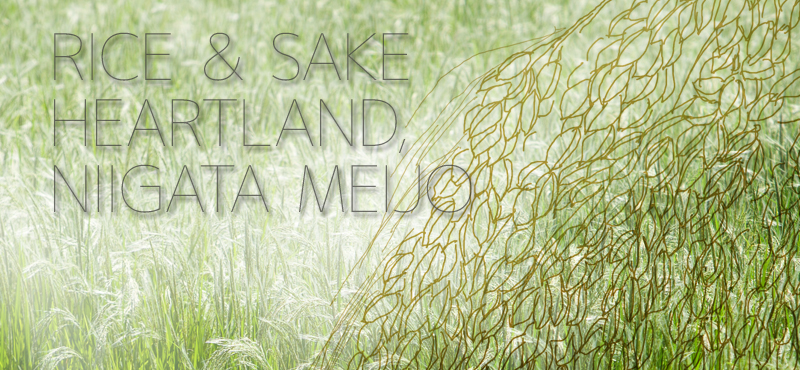
SAKE STORY
Sake is the name for a Japanese alcoholic beverage made from rice. Although there are many alcoholic beverages made from rice around the world, Japanese sake was historically made on a Camellia leaf covered with steamed rice and natural microbes. It was not a liquid but a solid and was originally eaten with chopsticks.
Sake was used to warm the body in cold weather and harsh environments as well as to boost spiritual motivation and to assist people in communicating with indigenous gods. In order to make sake more available for routine consumption, great efforts were made to innovate production and to prevent spoilage. Sake production and quality was stabilized beginning in the 14th century when it was produced locally in every village similar to the way beer, ale, and wine were produced in Europe.
Made mostly in western Japan and shipped to major consuming regions like Edo (now Tokyo), sake was the main alcoholic beverage in Japan for many years and was usually served warmed. Warming sake made sense particularly when its alcohol content was low because of primitive brewing skills. Warm or hot, sake was good for getting the quick effect of alcohol and for clearing the mouth.
Sake and other regional alcoholic beverages were major revenue sources for nations, kingdoms or feudal lords. As a result, sake has been subjected to heavy taxation and government regulation for alcohol content, rice polishing rate, and classification or process. There are unfamiliar Japanese terms of sake classification nowadays that confuse consumers in the western market.
Sake enjoyed a long reign as the number one alcoholic beverage in Japan until the start of westernization in the 19th century. Then people began drinking other alcoholic beverages and sake’s rankings declined. Beer is now the number one alcoholic beverage in Japan, and sake represents less than 10% of total Japanese alcoholic beverage consumption.
Though sake no longer commands the social status it once did, it’s still a respected drink with a sacred role in many celebrations. It’s offered to indigenous gods at Shinto ceremonies along with pure water and rice kernels. Sake is the sprit of Japan and has also been accepted in western civilization as an accompaniment to sushi and as an alcoholic beverage with a unique history and culture.